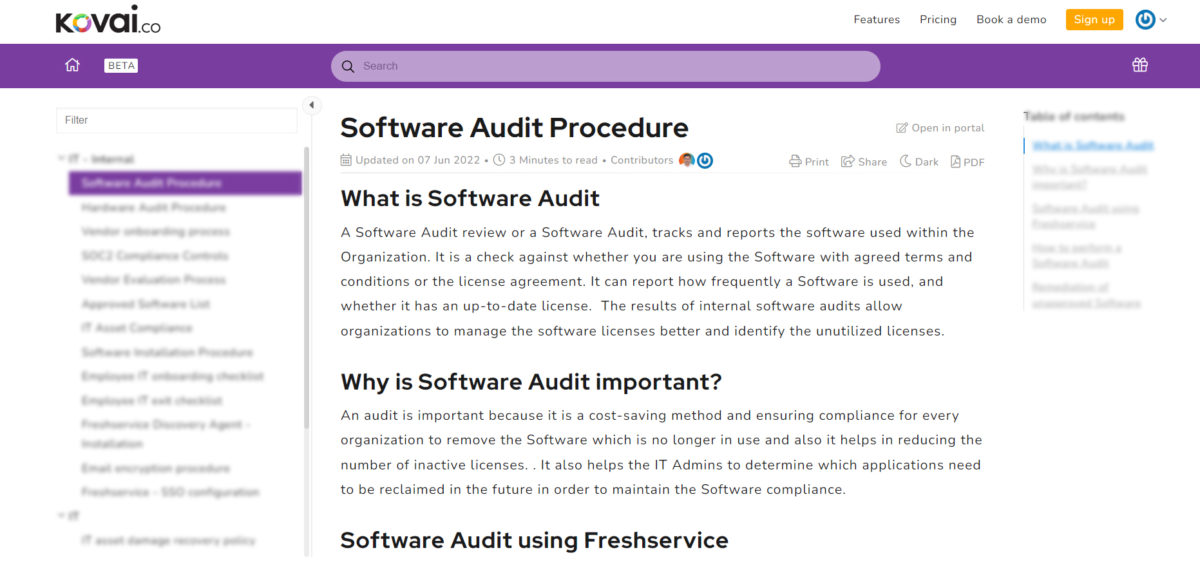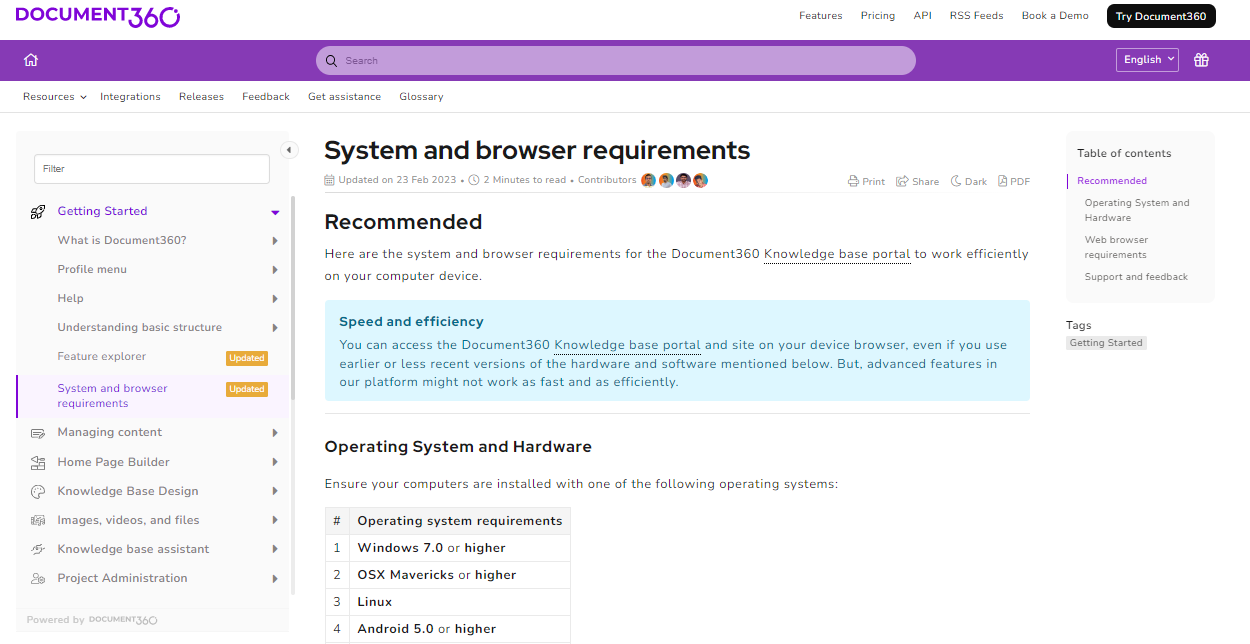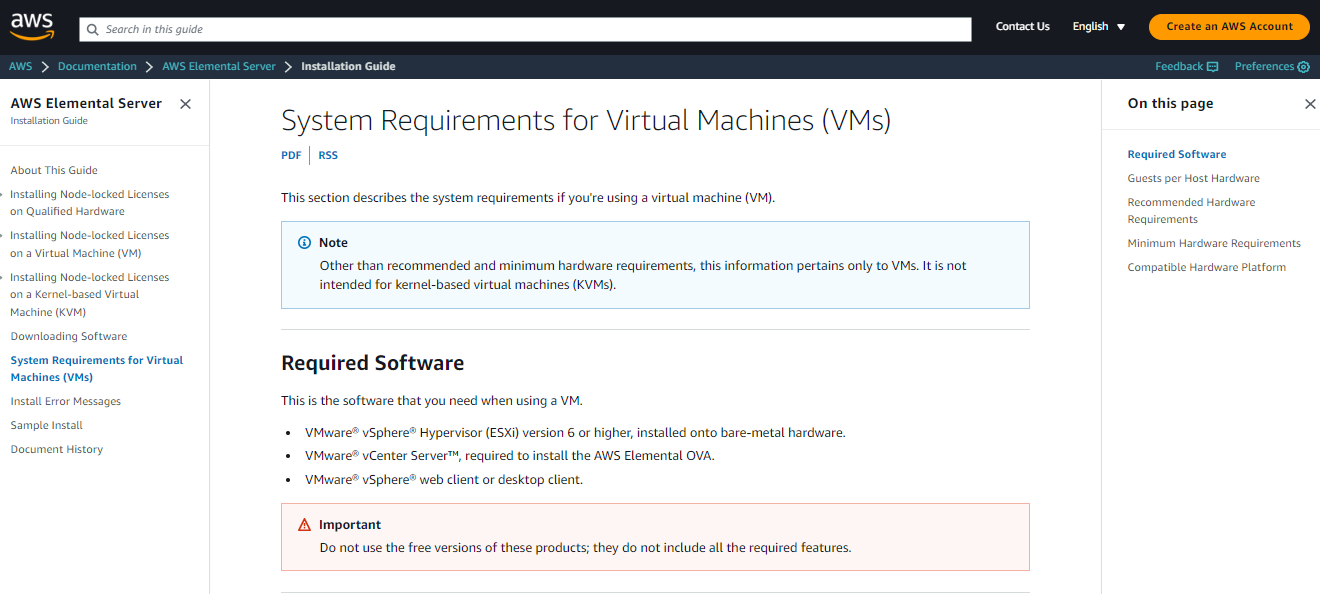“Despite the known importance of a technical specification document, many teams struggle with creating and managing one” – Anna Thornton.
Imagine you have an incredible idea for a new software or engineering design. You have the team in place, the funding secured, and you’re eager to start coding. The excitement is palpable as you discuss features, designs, and timelines. However, amidst all the enthusiasm, it’s easy to overlook an essential step that can make or break your project: creating a technical specification document.
Skipping this step and jumping straight into coding may seem like a time-saver, but it can lead to confusion, wasted time, and a subpar final product. In this article, we’ll explore the importance of technical specification documents and their benefits and provide examples and tips on creating one effectively. So, let’s get started right to it.
Table of Contents
- What is a technical specification document?
- Technical Specification vs. Functional Specification: Understanding the Difference
- Types of Technical Specification Document
- Why do we need a technical specification document?
- Things to consider before writing technical specification
- How to Create a technical specification document
- Examples of Technical Specification
What is a technical specification document?
A technical specification document is a technical design document, software design document, or engineering design document is a detailed plan that outlines a software development project’s requirements, objectives, and constraints. It serves as a roadmap that guides the team in building the product, ensuring everyone is on the same page and working towards a common goal.
The technical specification document typically includes the
- Functional and non-functional requirements of the software
- Scope of the project
- Timeline
- Internal standards
- Impact
- Work involved
- Budget
It may also include diagrams, mockups, and other visual aids to help the team understand the project’s scope and details.
Technical Specification vs. Functional Specification: Understanding the Difference
Regarding software development, two types of specifications often come up: technical and functional. While they may sound similar, they serve different purposes.
A functional specification outlines the software’s features and functionality from a user’s perspective. In contrast, a technical specification focuses on the technical details such as hardware and software requirements, data architecture, and programming languages used.
In other words, the functional specification answers the “what” of the software, while the technical specification answers the “how.” Both documents are essential for a successful software development project, and they should be written with care to ensure everyone on the team understands the project’s objectives and requirements.
Types of Technical Specification Document
IT Technical Specification
IT technical specification addresses technical projects, IT infrastructure issues, and system updates for the IT team. This document type is commonly used in IT infrastructure projects, such as server upgrades, network installations, and software implementations.
Some details in an IT technical specification document include hardware and software specifications, network requirements, security protocols, and data migration strategies.

Website Technical Specification
The website technical specification outlines the technical requirements for developing a website. It covers aspects such as design, functionality, and user experience. It describes the website architecture, design elements, functionality, content management system, and third-party integrations providing a clear roadmap for the project team.
Software Technical Specification
This gives clarity to any software development project. It describes the software application’s technical requirements, including the software architecture, programming languages, database schema, and user interface design.
In addition, it should describe any external systems or services that the software application will interact with and how it will integrate with them. It should also outline the software development process, including coding standards, testing metrics and requirements, and version control procedures.
Agile Technical Specification
This flexible and adaptable document outlines the technical requirements for each iteration or sprint in Agile development. Unlike traditional technical specification documents, it is created and updated incrementally throughout the software project development process. The document is lightweight, includes a description of technical requirements, and reflects the Agile principles of simplicity and adaptability. It is critical to ensure the development team clearly understands technical requirements and roles, providing a roadmap for delivering working software that meets customer needs.
Product Technical Specification
It serves as a blueprint for a product, outlining its general specifications and intended uses. It includes a product summary, a description of features and functionality, technical specifications, and design requirements. The document can guide the design and development processes, make revisions based on user testing and customer input, and ensure the final product meets user needs and expectations.
It is advisable to use tables and charts to make it clearer and more understandable for the design and product team members.
Equipment Technical Specification
This specification provides detailed information about the technical aspects of equipment, including manufacturing, power requirements, and safety considerations. It helps ensure the safe and efficient operation of equipment. The document typically includes information about equipment dimensions, materials, maintenance and repair procedures, and training or certification requirements.
Technical Design Specification
This specification outlines the details of a product’s design and the technical requirements for its development. It is a roadmap for engineers and developers to follow during the design and implementation phase. The document specifies the technical attributes and requirements of the product, including the tools, technologies, and programming languages that will be used. It also describes the intended user experience, including the product’s features and functionality.
An intuitive technical documentation software to easily add your content and integrate it with any application. Give Document360 a try!
GET STARTED
Why do we need a technical specification document?
The advantages of a technical specification document for engineers, teams, and the project itself are numerous.
For Engineers
A technical specification document acts as a detailed roadmap for engineers when designing and carrying out a project. Providing a clear understanding of what is anticipated and outlining the technical requirements takes the uncertainty out of the development process and ensures its effectiveness.
A technical specification document gives engineers a well-specified backup plan, reducing the likelihood of failure. It helps to ensure that everything is planned out, that developers grasp the requirements clearly, and that they adhere to the plan.
For the Team
A technical specification document is a communication tool for teams that helps to keep everyone on the same page and focused on the same objectives. It gives everyone on the team a shared understanding of the project requirements, facilitating communication and information sharing.
For the Project
A technical specification document (TSD) aids in the project’s success. The document reduces the risk of project failure by outlining the technical requirements in precise detail. Lowering the possibility of mistakes, misunderstandings, and lost work, TSD ensures that the project is finished on schedule and under budget.
TSD can also result in long-term cost savings. The project is cheaper and quicker by removing time-wasting during integration and shortening the development cycle. Additionally, ensuring that the infrastructure is built in a way that it can be quickly scaled up or down as necessary makes it easier to scale the project in terms of team size and product scalability.
Things to consider before writing technical specification
Before diving straight into writing technical specifications, there are some things to consider – some questions you must answer.
Question 1: Who is the software/app/project for?
Is it for your current customers, consumers, and users, or your future users and customers? Is it strictly for your employees? You need to answer these questions.
Question 2: What tasks or problems would the app/software/project solve?
Is the product designed for users, and what would they be able to do with it – book a service, order a product, or get updates? If it is for your employees, how would the product improve or increase their efficiency at work?
Question 3: On what platforms can the solution be accessible?
Smartphones, desktops, or laptops? iOs, Android, or Windows?
Question 4: What is the deadline?
Setting a deadline is very important. Set the date and time when you want the app or solution to be rolled out for usage.
Question 5: What is your budget for the project?
You should set an amount of money to spend on the project and how much should be put into different project development sectors.
Once you have all these things covered for your TSD, it’s time to kick off the practical aspect of technical specification documentation – creating it.
Schedule a demo with one of our experts to take a deeper dive into Document360
Book A Demo



How to Create a technical specification document
While writing has many approaches, technical specification writing requires technical skills. To excel in creating a good technical specification document, you need to do the following:
- Gather existing information in the problem domain before starting the technical specification document
- Read product/feature requirements and technical requirements/standards related to the project
- State the problem in detail and brainstorm solutions
- Pick the most reasonable solution
- Consult with an experienced engineer and explain the problem and proposed solution
- Gather feedback and ask for their review of the technical spec
- Block off time to write the first draft of the technical spec
- You can use a collaborative document editor and a technical spec template to write a rough draft
Once all the necessary information is gathered, it is time to venture into the writing phase. Here are the key sections of your technical specification document:
- The Front Page
- Brief Summary
- The Solutions
- Further consideration
- Risk, security, and privacy
- Impact assessment
- Timelines & Milestones
- Open Question
- Conclusion
Let’s take a quick look at each of them.
The Front Page
This contains the title, author, and other details like the date.
Brief Summary
The summary should give a general overview of the issue from the user’s perspective. For instance, you should define what problems the users are facing. Provide as much context and then give a brief overview of the solution that is being proposed.
The solution
This part of the TS document is focused on illustrating the existing or suggested solution for the project. This usually includes three things:
- Solution based on User experience (non-technical solution): This would include how the user interface would be, the features and actions the users would take, and the UI elements.
- Technical Solution: This is where the solution is explained on a technical level. This section could include mentions of files and codes used.
- Test plan: Highlight how you would test your changes here.
Further considerations
This section of the document showcases the possible constraints faced during the process. This includes cost analysis, regional considerations, accessibility, operational considerations, third-party services, platforms, and software, effect on team members, and support considerations.
Risk, Security, and Privacy
This section of the document covers the possible risks and the preventive actions to take when they occur. When dealing with external products, you must consider user privacy and data security to ensure that clients are also free.
Impact assessment
Discuss the impact of the project on users, stakeholders, and the organization. Include a cost-benefit analysis if applicable. To effectively do this, incorporate your selected metrics, set your goals, and measure performance against these metrics as the process goes on.
Include Timelines & Milestones
Create a timeline and milestones for the project to help keep the process organized. Define deliverables and deadlines for each stage of the project.
Add Open Question
Include open questions to encourage feedback and collaboration from team members.
Conclusion
Summarize the main points of the technical specification document and outline the next steps for the project. Provide supporting materials and references in this section.
That’s a lot to take in, right?
Don’t worry; there’s a solution to that! With the help of a reliable documentation platform like Document360, you can easily cover all the necessary information and even access a pre-made specification template to get started.
Examples of Technical Specification
System and Browser Requirement Example
This article is a good example of technical specification requirements for using Document360. It gives concise information on software and hardware requirements needed.


AWS system requirements


Here is another classic example of documenting system requirements. As we know AWS has millions of users worldwide and they give the best documentation support to easily onboard their customers. Here it gives clear information on compatible software to be used in the environment.
Final thoughts
In conclusion, a technical specification document is a detailed plan that outlines a software development project’s requirements, objectives, and constraints. It serves as a roadmap that guides the team in building the product, ensuring everyone is on the same page and working towards a common goal.
There are various technical specification documents, including IT, website, software, agile, product, equipment, and technical design specifications. Technical specifications are essential for a successful software development project, as they clarify the project’s objectives and requirements, ensure the team is on the same page, and help manage risks.
Document360 can help you streamline your technical writing process and make it more efficient. You can focus on crafting the best possible document without worrying about formatting or layout. Plus, with its user-friendly interface and collaborative features, you can easily work with your team to gather all the necessary information and feedback to create a comprehensive technical specification document.
Also Read: How to Create Technical Documentation with Examples
An intuitive technical documentation software to easily add your content and integrate it with any application. Give Document360 a try!
GET STARTED



Frequently Asked Questions
-
What are the components of a technical specification document?
Technical specification documents include front matter, introduction, solutions, further considerations, success evaluation, work, deliberation, and end matter.
-
What are the types of technical specifical documents?
Some common types of technical specification documents include: IT Technical Specification, Website Technical Specification, Software Technical Specification, Agile Technical Specification, Product Technical Specification & Equipment Technical Specification.
-
What are the benefits of technical specification document?
Technical specification documents have several advantages, including the ability to provide clarity and accuracy in project requirements and specifications. Streamline the development process and reduce risks, improve communication, quality assurance, and serve as vital project documentation.






